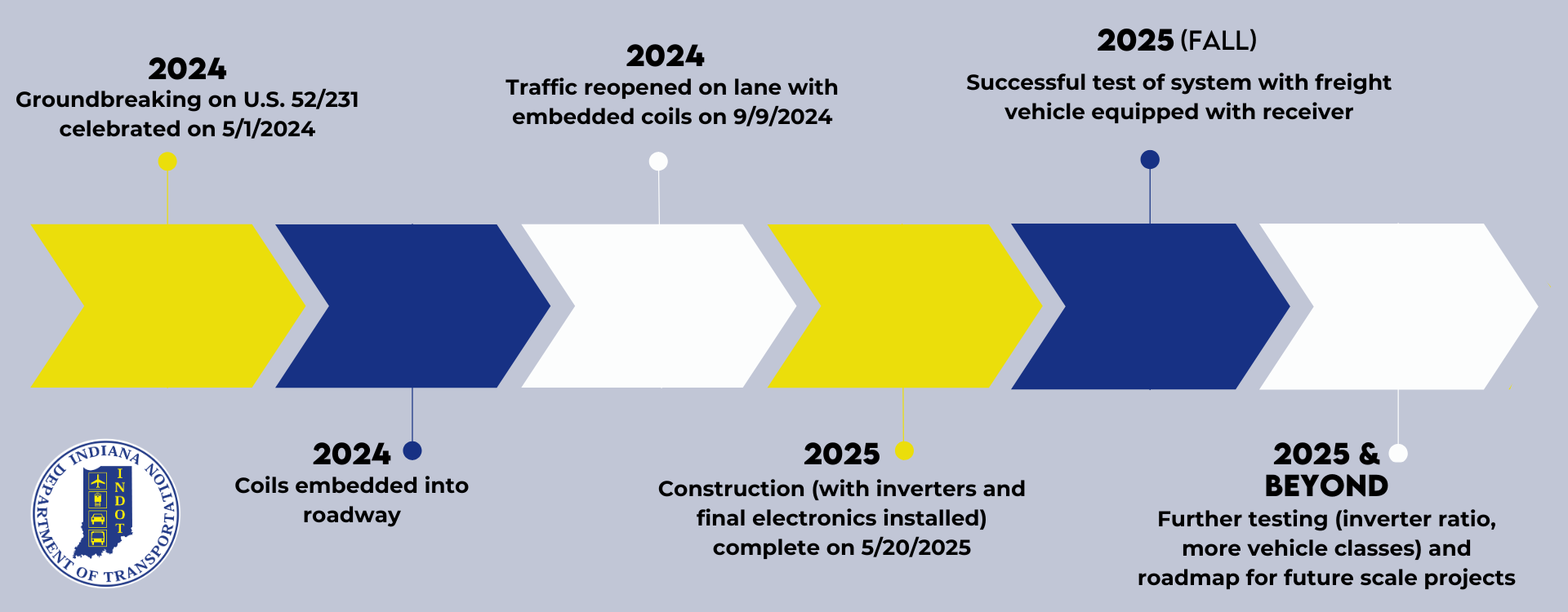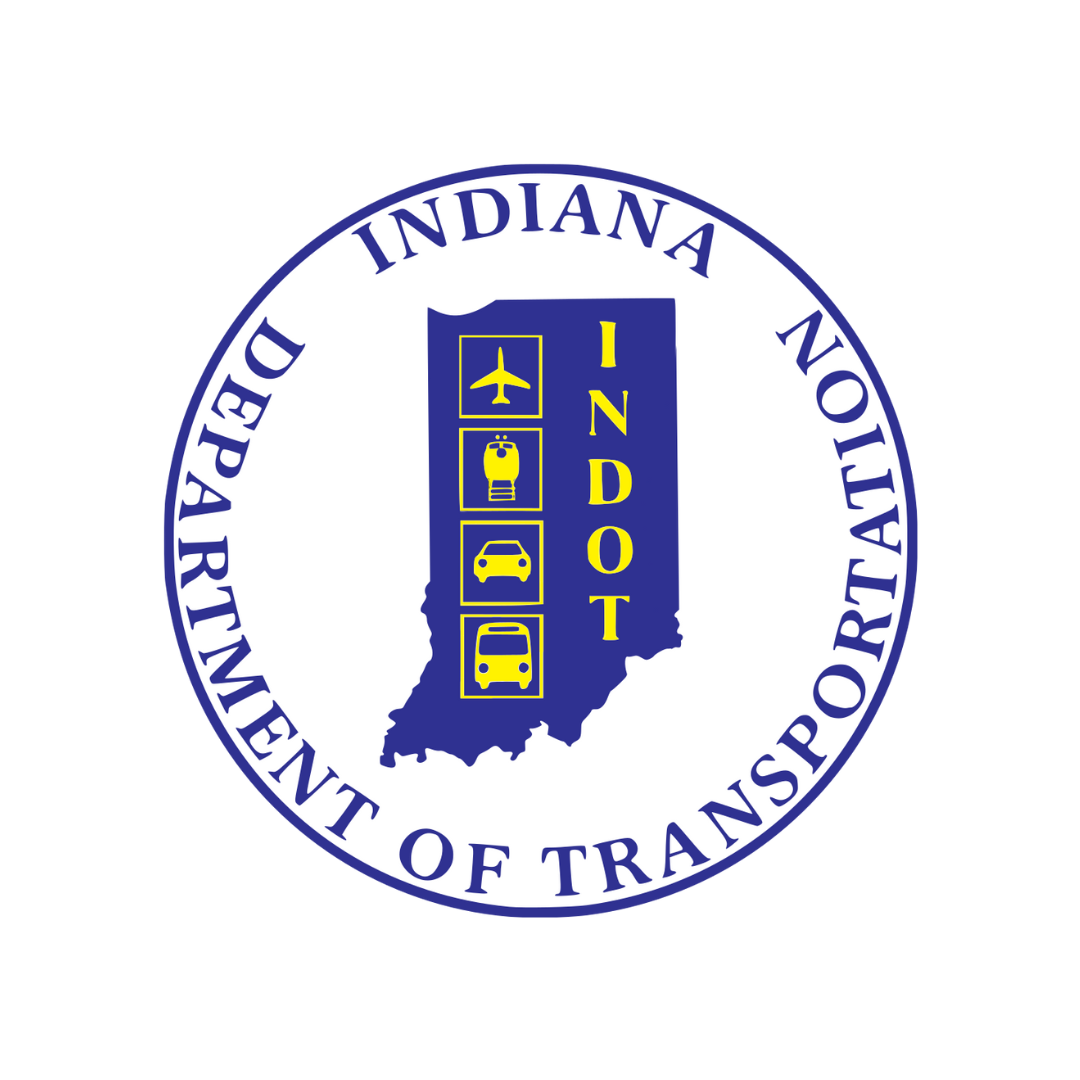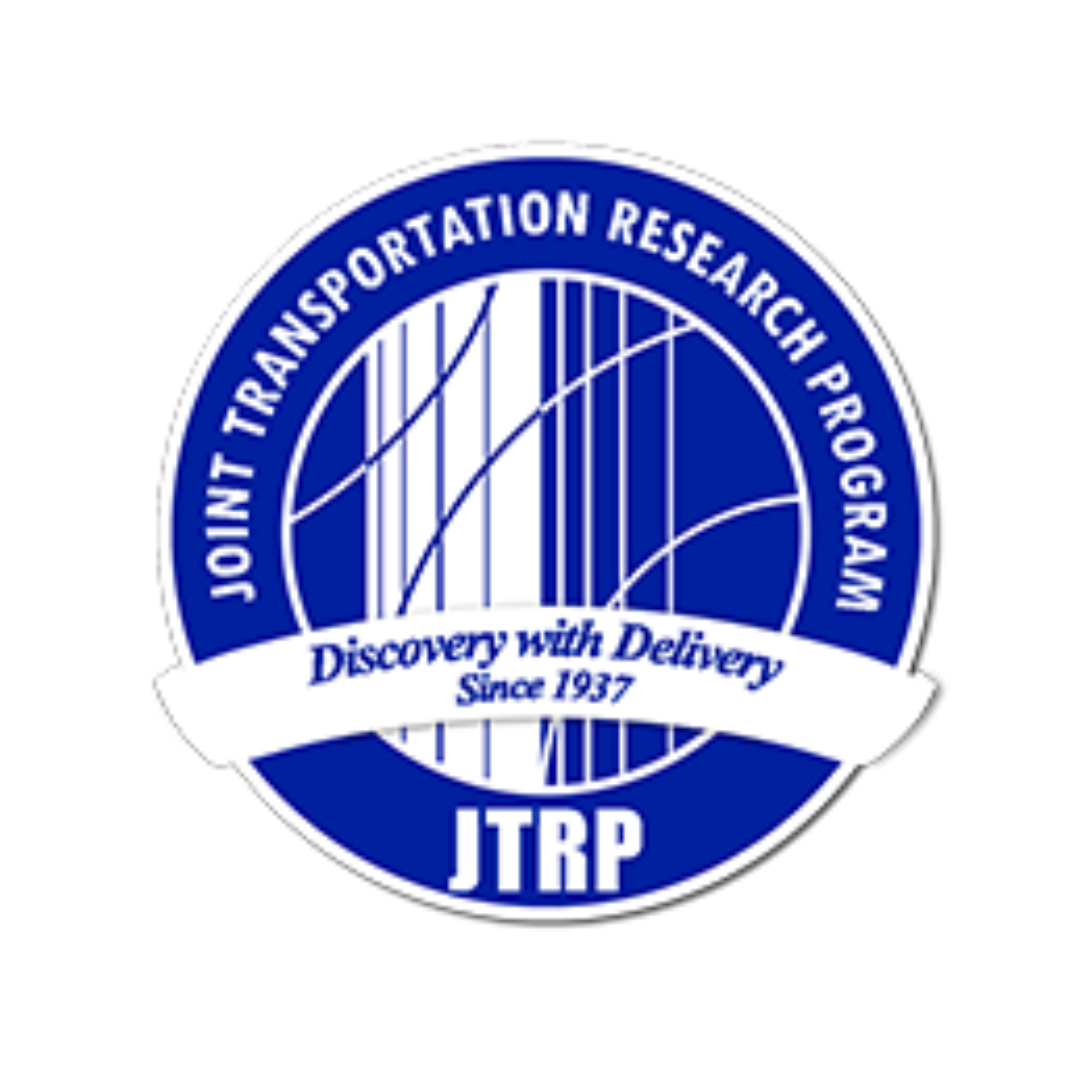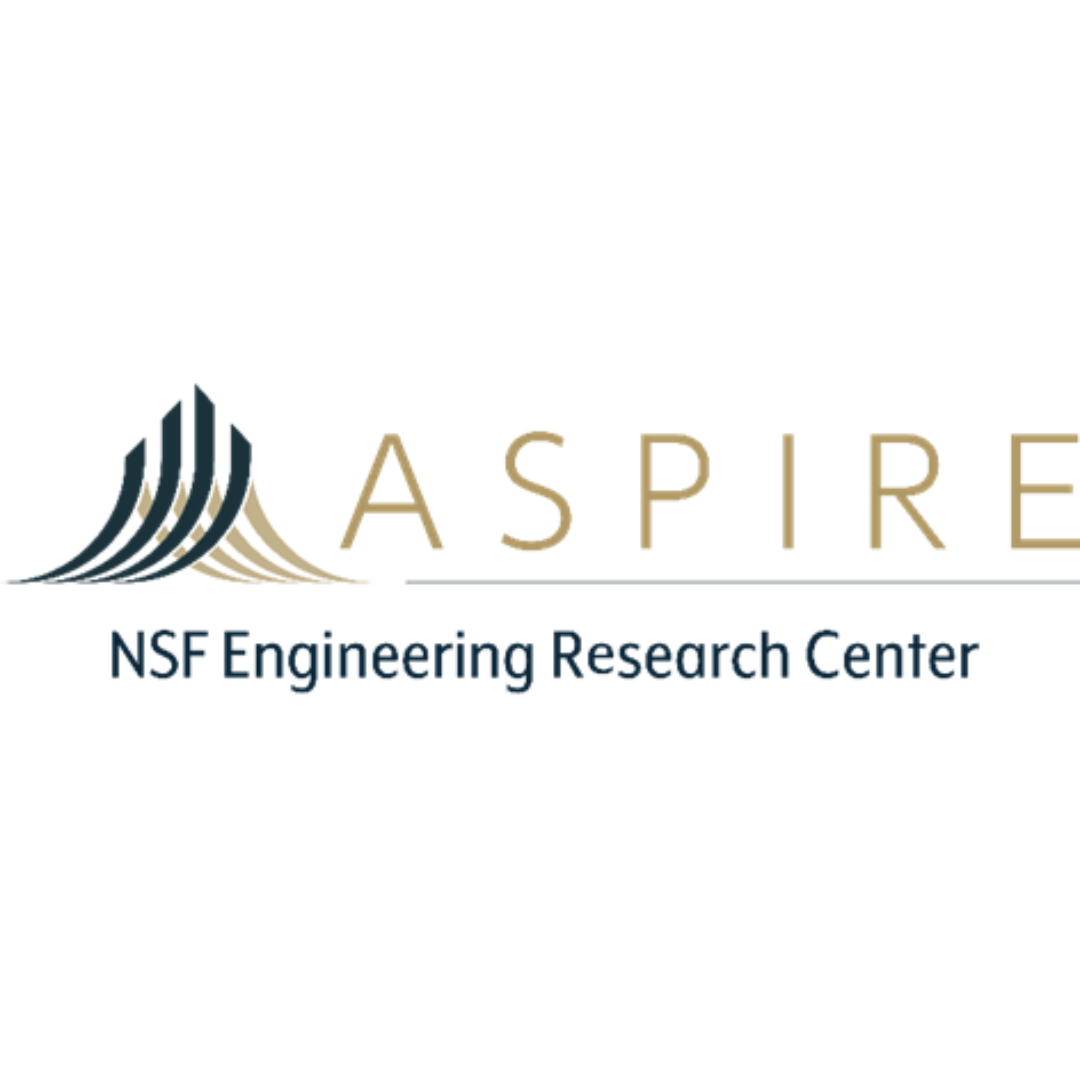This page provides an overview of the Dynamic Wireless Power Transfer project, featuring the project timeline, frequently asked questions, and contact details.
Project Overview
 INDOT, in partnership with (ASPIRE), is supporting Purdue University and the Joint Transportation Research Program (JTRP) has engineered a roadway testbed that's one of the first of its kind - a dynamic (in-motion) wireless power transfer technology (DWPT) to deliver power to vehicles while in motion - even a loaded semi truck!
INDOT, in partnership with (ASPIRE), is supporting Purdue University and the Joint Transportation Research Program (JTRP) has engineered a roadway testbed that's one of the first of its kind - a dynamic (in-motion) wireless power transfer technology (DWPT) to deliver power to vehicles while in motion - even a loaded semi truck!
The project began in 2018 and has gone through multiple levels of research and study. This includes assessing the technical and financial feasibility of electric roadways in Indiana, designing a DWPT testbed and understanding of the interaction between the embedded DWPT system and the pavement structure.
The results of the project could unlock opportunities to deliver high power to longer stretches of pavement at highway speeds and equip electric vehicles (EVs) to receive that power.
In spring 2024, construction began on a quarter-mile testbed to provide power to heavy-duty trucks on U.S. 52/231 in West Lafayette. Construction was completed and the full roadway was reopened to traffic for the following winter. Testing resumed, culminating with actual high-level power delivery on the testbed to a battery electric vehicle equipped with the system’s receiver and travelling at 65 mph!
For this project, Purdue researchers are focusing first on testing how well the technology transfers power to electric trucks. Electric freight vehicles are more limited than smaller EVs in travel range due to the size and weight of their batteries. If electric trucks could charge using highways, their batteries could be reduced in size, allowing them to carry more freight, significantly reducing costs, and potentially - increasing profits.
Charging EV's like Smartphones?
 The technology used in the DWPT project would enable the pavement to provide power to EVs similarly to how
The technology used in the DWPT project would enable the pavement to provide power to EVs similarly to how newer smartphones use magnetic fields to wirelessly charge when placed on a charging pad.
newer smartphones use magnetic fields to wirelessly charge when placed on a charging pad.
“If you have a cellphone and you place it on a charger, there is what’s called magnetic fields that are coming up from the charger into that phone. We’re doing something similar,” said Steve Pekarek, Professor of Electrical and Computer Engineering at Purdue University, in an episode of “American Innovators.” The only thing that’s different is the power levels are higher, and you’re going out across a large distance from the roadway to the vehicle. This is a simple solution. There are complicated parts of it, and that we leave to the vehicle manufacturers.”
Project Documents
Project Timeline

- DWPT Team Wins IEEE Award for Highway Charging Technology - June 2025
A team of Purdue University researchers has received the Technology Innovation Award at the 2025 IEEE PES Energy and Policy Forum Innovation Showcase for their work on Dynamic Wireless Power Transfer (DWPT). The technology allows electric vehicles to receive power directly from the roadway while in motion, potentially transforming how we approach charging electric vehicles (EVs).
- ASCE: In-Road Charging Holds Promise - February 2025
The lack of easily accessed electric vehicle charging systems and the accompanying “range anxiety” that your battery might be depleted before you reach your destination are some of the greatest roadblocks to widespread adoption of EVs. But what if there was a way to recharge your EV that was not only as easy as refueling your gas-powered vehicle, but in fact even easier?
- Building the First Highway Segment in the U.S. That Can Charge EVs Big and Small as They Drive - May 2024
At the “Crossroads of America,” Purdue University engineers and the Indiana Department of Transportation (INDOT) are working to make it possible for electric vehicles ranging from tractor-trailers to passenger cars to wirelessly charge while driving on highways.
- CNBC: How Electrified Roads Could Help Fix America’s EV Charging Problem - September 2023
Electric vehicles are taking up an increasing percentage of the overall auto market share every year — rising from 4% in 2020 to 14% in 2024. Among the holdouts, a lack of charging infrastructure seems to be one of consumers' most common reasons for not switching from gas to electric vehicles.
- First Highway Segment in U.S. Wirelessly Charges Electric Heavy-Duty Truck While Driving - December 2025
Research in Indiana lays groundwork for highways that recharge EVs of all sizes across the nation.
- The Stream By AASHTO: Electrified Roadway Testing in Indiana - December 2025
George McCue, INDOT Emerging Mobility Assistant Director at the Indiana Department of Transportation, and Dr. Steven Pekarek, Professor of Electrical and Computer Engineering at Purdue University, discuss DWPT, the science behind the project, partnerships, and what it could mean for the future of EVs.
- INDOT Insider: Roadway Makes History - December 2025
Highway segment in West Lafayette becomes the first to wirelessly power an electric heavy-duty truck in motion.
Frequently Asked Questions
- What are "electric roadways"?
Most EVs charge by plugging them in before you drive. New technology, known as dynamic (in-motion) wireless power transfer (DWPT), allows EVs to charge through the roadway as they travel. The pavement utilizes wireless chargers to send power to an EV with magnetic fields. This allows the vehicle to receive power wirelessly without needing to stop.
- Are electric roadways safe?
DWPT has undergone multiple levels of research and testing. Electric charge for EVs is transferred from the roadway through magnetic fields that can’t electrocute you and have been proven safe for people and infrastructure. In case of emergency, the technology is equipped with safety systems, including shut-off sensors. The pavement’s wireless chargers will be turned off normally, and only activated during testing.
- How will West Lafayette’s electrified roadway affect me?
The Indiana Department of Transportation (INDOT) and Purdue are partnering to build a DWPT testbed along a small part of US-52 in West Lafayette. The electrified roadway technology will be placed only in the right westbound lane. During construction, only this lane will be closed, and the left lane will remain open to travelers and commuters. The wireless chargers will only send power to special test vehicles.
- I don’t have an EV. Will electric roadways benefit me?
In addition to EVs improving local air quality, supporting public charging infrastructure like roadways makes it more affordable to own an EV. Private at-home chargers currently add cost to EV ownership. Publicly available chargers can help make EVs more affordable and accessible. This new way of charging will support cars, ride sharing, school buses, public transit, and more.
- What is the cost associated with electric roadways?
Public roads are currently subsidized through a gas tax. Indiana drivers currently pay $0.17/gallon. As EVs become popular, this source of funding will be phased out, and drivers and communities will subsidize electric roads instead. This will provide money that ensures safer roads with cleaner air. By making chargers, owning EVs becomes cheaper for you, transit agencies, school districts, and more.
- How will it impact Greater Lafayette?




